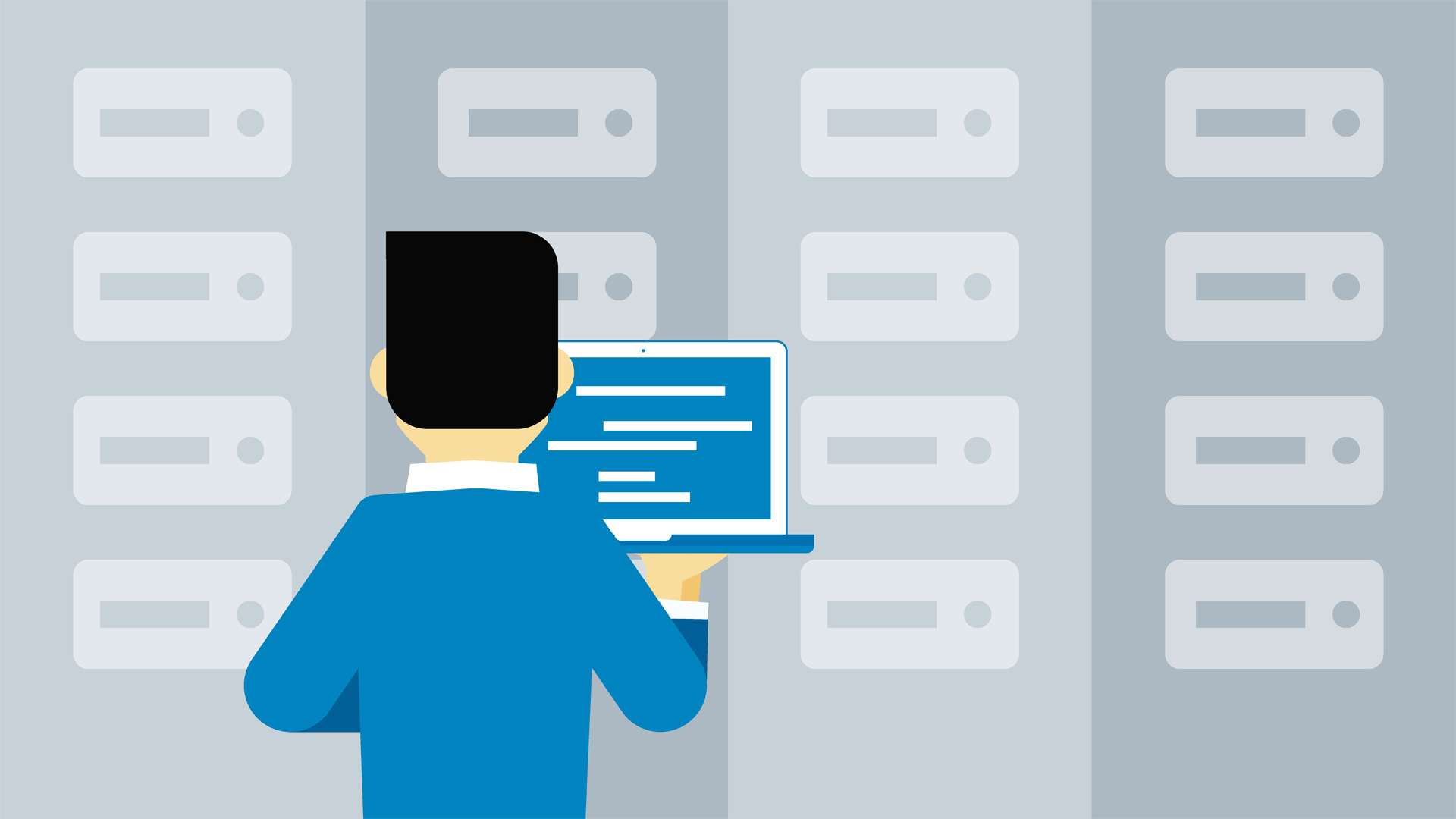The classroom experience has completely evolved over the past couple decades. The surge in technological advances has created a cyber experience for each student, teacher and parent. Three decades ago children were just getting introduced to computers in the school. Often these were not in the class room but rather in a computer lab or library. Students would have the opportunity to visit a computer lab once a week and play some games or learn some basic typing and mouse control. Two decades ago technology was increasing in popularity and availability. Schools were incorporating computerized typing rather than type writer typing classes. Students were able to take math and accounting classes on computers and year book technology had expanded into the digital era. One decade ago it became popular for teachers to begin the paperless revolution. Teachers would send emails to parents about each students academic progress. Computers were used to teach children a wide variety of educational games. These systems still commonly used disks but they were making a strong presence in each class room and home. Today the amount of technology that children have access to is astounding.
Every single class room is supplies with educational tablets. These wireless tablets incorporate math, reading and geographical games for students to play during special time in the class room. Media centers are teaching children coding and other advanced technological methods. Libraries no longer have basic computers; there are tablets everywhere for children to utilize with hundreds of e-books on each tablet. Upper elementary school students, junior high students and high school students all have lap tops in school and most have them at home. These same students have been using tablets in school for years. With this readily and easily available technology there is no wonder why we have also witnessed a surge in educational and communication applications.
Many teachers have been using sharing and communication apps in their classrooms. These help to create many digital portfolio examples for parents to view throughout the day. Many children come from homes where either parent works or they come from single parent homes. There is not always time for a parent to volunteer and be physically inside the classroom. These parents still want to feel included and see what their child is doing throughout the day.
Communication and photo sharing applications have bridged this gap. These types of apps are free for parents to use. The students’ teacher will send home a paper with a student ID and password. Parents are asked to download the app for free and use that proper login information. Once the free account is created parents of students in that teacher’s class now have a virtual eye in the class room. Teachers can share videos or photos of special projects, field trips or fun events that occurred throughout the day. Parents can even comment on these pictures. There is also a direct messaging option in these apps where parents and teachers can send over fast messages regarding a student. These apps are paving the way to keep parents, students and teachers in open communication with one another.


